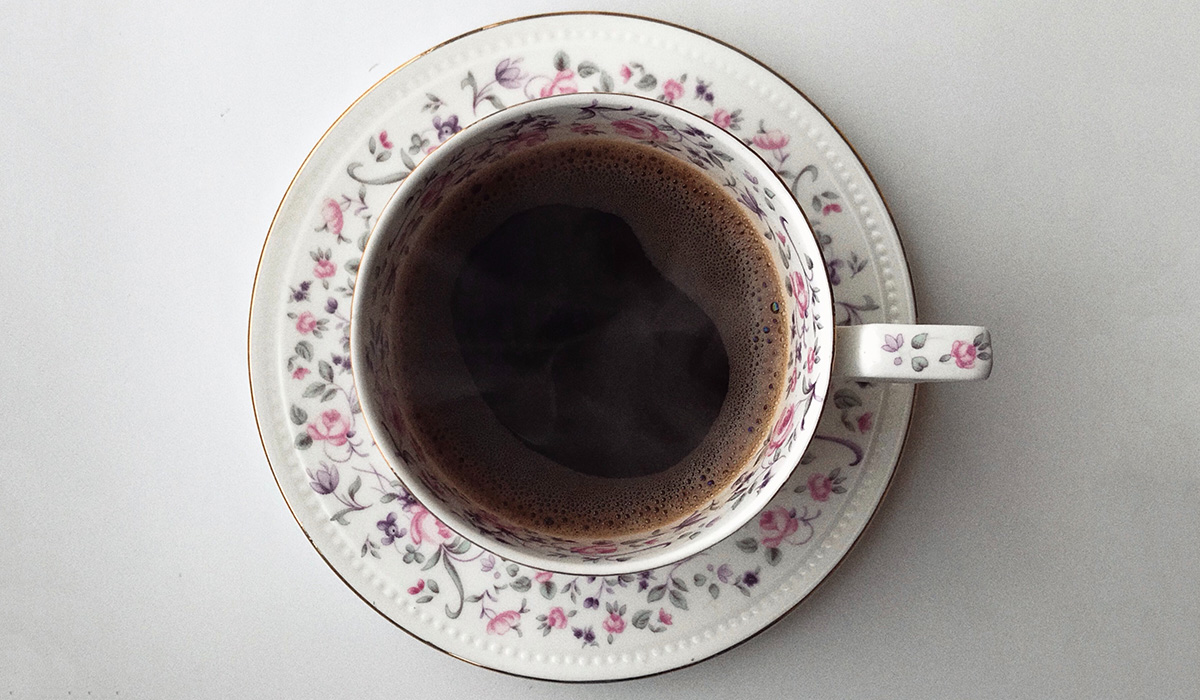When it comes to Taiwanese tea, an enchanting world of exquisite flavors and aromas awaits. Among the exceptional varieties, Ruby #18 holds a special place, captivating tea enthusiasts with its rich history and distinctive character. Known as Red Jade, this tea showcases Taiwan’s tea legacy beyond oolongs, delving into the realm of black tea. Particularly during the Japanese occupation following the Sino-Japanese War, Taiwan’s black tea exports played a significant role. The Sun Moon Lake region in Nantou, blessed with an ideal climate, became the nurturing ground for the introduction of Var. Assamica trees.
Unveiling the Cultivar:
After more than five decades of devoted research, the esteemed Taiwanese Tea Research and Extension Station proudly unveiled Cultivar #18 in 1999. This hybrid plant intertwines indigenous varieties with the essence of Var. Assamica from Burma. While not the newest addition to Taiwan’s tea repertoire, Ruby #18 has garnered a devoted following. Its long, dark strip-like leaves create a visually striking appearance, setting it apart from the golden buds typically found in Chinese teas.
Flavors and Aromas:
Ruby #18 mesmerizes the palate with its robust maltiness, inherited from its Assam hybrid lineage. However, the tea’s flavor profile goes beyond expectations. Delicate hints of cinnamon and refreshing mint dance harmoniously, accompanied by subtle undertones of dark chocolate, licorice, and brown sugar. Occasional floral notes add a touch of elegance. Notably, Ruby #18 boasts a smooth and well-balanced profile, free from any bitterness or astringency. It’s a self-drinking black tea that delights without the need for additional sugar or milk.
Brewing Techniques:
Whether you prefer the artistry of gongfu or the simplicity of Western-style brewing, Ruby #18 adapts effortlessly to your desired method. Personally, I find using boiling water enhances the tea’s flavors, while some sellers recommend a temperature range of 180-195 degrees Fahrenheit. In a gongfu session, a brief 30-second infusion extracts the tea’s true essence, although you’re encouraged to experiment with brewing times to suit your taste. For a Western-style approach, aim for a brewing time of 3 to 5 minutes. While a Gaiwan is a popular choice, I’ve discovered that using a traditional tea bowl heightens the experience, accentuating the tea’s long leaves and celebrating its remarkable absence of bitterness.
Share Your Love for Ruby #18:
Are you already captivated by the allure of Ruby #18? I invite you to share your personal experiences and favorite moments in the comments below. Let’s come together and celebrate the magic of this captivating Taiwanese tea!



Leave a Reply
You must be logged in to post a comment.